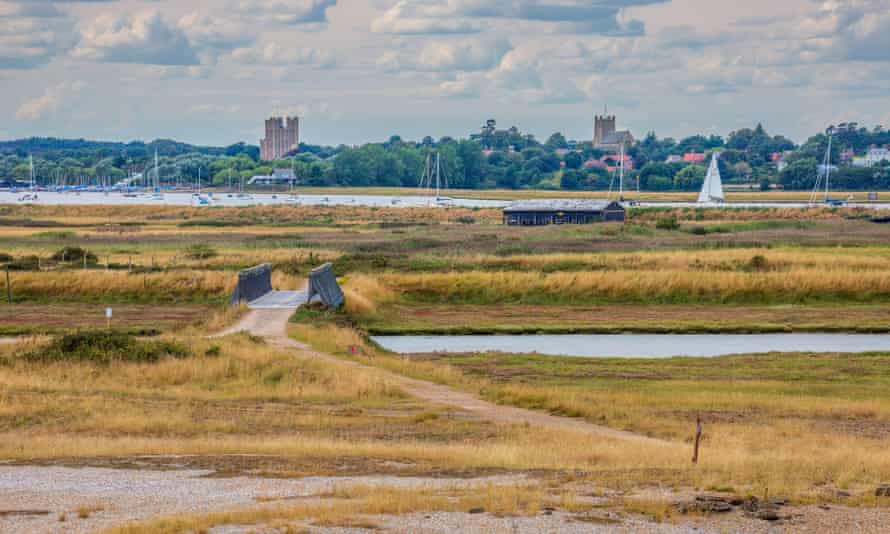In about 1628 Mrs Thomasin Farrer, resident of Scarborough, made an incredible discovery: the town had a beach. Observant folk had previously noticed these distinctive sandy features of a coastal nature, but dismissed them as awful places where ships ran aground and monsters got washed up. They were wastelands.
Thomasin’s genius was to see them differently. Under Scarborough’s South Cliff she had discovered a bubbling spring that allegedly cured many ailments, a conclusion soon backed up by many learned physicians (all with practices in the town, coincidentally). As the venue for this fount of restorative goodness, the beach and sea were obviously health-giving, too.
By 1720, when Daniel Defoe pitched up, the trickle of sickly visitors had become a tidal wave. By 1735, hotels and bathing huts were transforming Scarborough into Great Britain’s first seaside resort. But even more significant, the beach had gone from unwanted dumping ground to pleasure park. Almost four centuries later, we still go down to the beach. Fashions, however, don’t stand still. The simple Thomasin beach of therapeutic water, sun and sand is fading away like a cheap fake tan. In the words of writer Marriott Edgar, concerning an infamous trip to Blackpool in The Lion and Albert:
They didn’t think much to the ocean
The waves they was piddlin’ and small
There was no wrecks and nobody drowneded
’Fact, nothin’ to laugh at at all!
Like Mr and Mrs Ramsbottom in the poem, we want more from our beaches, not a drowning of course, but something unexpected and marvellous, like a shipwreck or a washed-up monster. With all due respect to our long coasts, a swathe of sand and a few piddlin’ waves is no longer good enough: what is needed is weird and wonderful wilderness. Fortunately, in Britain we have some classics: beaches that are unusual, even downright strange, places that require exploration.
Orford Ness, Suffolk
On the face of it, Orford Ness is merely a long spit of shingle, notable for its flora and fauna. Hares and deer can be spotted gadding about the horned poppies and sea figs. Distressingly, gangs of ought-to-know-better fly-tippers have plonked a load of old concrete bunkers everywhere, plus large quantities of rusting iron. As if this wasn’t bad…
Click Here to Read the Full Original Article at Travel | The Guardian…
